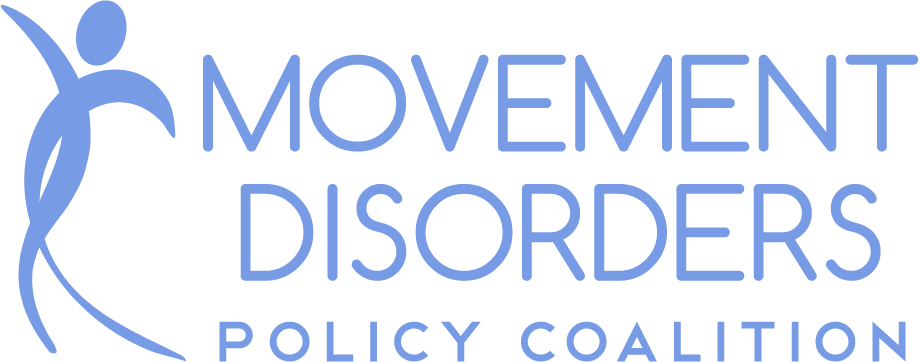from the Institute for Patient Access
Patients’ choice of treatment options is declining as the number of drugs excluded from health plan coverage grows.
The two largest pharmacy benefit managers, Express Scripts and CVS Caremark, now exclude nearly 300 drugs each from their formulary of covered medications. Together the number of drugs excluded this year is 163 higher than the number of drugs they excluded last year.
Often dubbed “middlemen,” pharmacy benefit managers manage health insurers’ prescription drug benefit. They determine which medications insurers should cover and which they don’t.
Exclusion lists were designed to discourage insurers from covering very expensive medications, often new drugs. But that’s not always the case anymore. Instead, pharmacy benefit managers bargain with drug manufacturers for discounts and rebates, giving the drugs that are most profitable to them preferred spots on the formulary while excluding others.
Growing exclusions lists pose a number of challenges for patients.
For instance, long exclusion lists limit patients’ medication options. While some drugs may be approved to treat the same condition – depression, for example – not all drugs that treat that condition are the same. Different medications may have different side effects, dosing or drug-to-drug interactions. For these reasons, patients benefit from having a range of options available.
But exclusion lists limit patients’ options, not just for depression, but also for cancer, diabetes, chronic pain and hepatitis C, among other conditions.
Additionally, the process can lead to inflated sticker prices for medications. To meet pharmacy benefit managers’ demand for higher rebates, pharmaceutical manufacturers may raise the base price of medications. This means those who are under- or uninsured, people who often pay cash for their medications, end up paying more out of pocket. Not all can afford the cost. Meanwhile patients with insurance are typically held harmless because they pay a standard copay.
In some cases, a brand name medication will be covered while the generic is excluded. This counterintuitive arrangement also can lead patients to pay more out of pocket.
Proponents say pharmacy benefit managers drive down drug prices. In reality, their negotiating process can actually create problem for patients. Until policymakers enact reforms to keep this process from getting out of hand, the number of drugs added to exclusion lists will continue to increase. So, too, will access barriers for patients.


